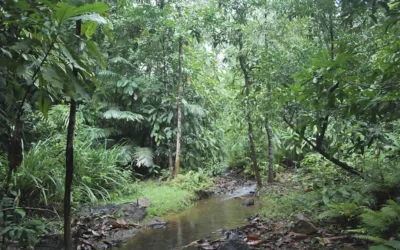The seven wonders exemplify human ingenuity, cultural richness, and architectural brilliance. While historical cost records are often scarce or non-existent, modern estimations provide a perspective on the immense resources and efforts that would be required to recreate these masterpieces today.
The Great Wall of China
Location: China
Construction Period: 7th century BC to 16th century AD
Estimated Original Cost: Historical records do not provide specific figures.
Modern Cost Estimation: A recent study estimated that constructing the Great Wall today would cost approximately $90 billion.
Built By: Constructed by various Chinese dynasties, notably the Qin, Han, and Ming, primarily for defense against invasions.
Petra
Location: Ma’an Governorate, Jordan
Construction Period: 5th century BC to 2nd century AD
Estimated Original Cost: Specific historical costs are not documented.
Modern Cost Estimation: Estimates suggest that building Petra today would cost around $2 million and take one year to complete.
Built By: The Nabateans, an ancient Arab civilization known for their advanced engineering and water management systems.
Christ the Redeemer
Location: Rio de Janeiro, Brazil
Construction Period: 1922–1931
Estimated Original Cost: Approximately $250,000 in the 1930s.
Modern Cost Estimation: Adjusting for inflation, the original cost is equivalent to around $5–6 million today. However, recent studies estimate that constructing Christ the Redeemer in the present day would cost about $27 million and take nine months.
Built By: Designed by Brazilian engineer Heitor da Silva Costa and sculpted by French artist Paul Landowski.
Machu Picchu
Location: Cusco Region, Peru
Construction Period: Circa 1450 AD
Estimated Original Cost: No historical records detail the costs.
Modern Cost Estimation: Contemporary estimates suggest that recreating Machu Picchu today would cost approximately $27 million and require one year of construction.
Built By: The Inca Empire, under the reign of Emperor Pachacuti, showcasing advanced engineering and architectural skills.
Chichen Itza
Location: Yucatán Peninsula, Mexico
Construction Period: Between 600 AD and 1200 AD
Estimated Original Cost: Specific costs are not available in historical records.
Modern Cost Estimation: It is estimated that constructing Chichen Itza today would cost around $6.74 million and take six months.
Built By: The Maya civilization, renowned for their astronomical knowledge and architectural prowess.
The Roman Colosseum
Location: Rome, Italy
Construction Period: 70–80 AD
Estimated Original Cost: Approximately 100 million Roman sestertii, roughly equivalent to $500 million today.
Modern Cost Estimation: Recent analyses estimate that building the Colosseum in the current era would cost about $673 million and take two years.
Built By: Commissioned by Emperor Vespasian and completed by his son, Emperor Titus, serving as a grand arena for public spectacles.
The Taj Mahal
Location: Agra, India
Construction Period: 1632–1653
Estimated Original Cost: Approximately 32 million Indian rupees in the 17th century.
Modern Cost Estimation: While historical costs are challenging to convert accurately, recent studies estimate that constructing the Taj Mahal today would cost around $118 million and take two years.
Built By: Mughal Emperor Shah Jahan, as a mausoleum in memory of his beloved wife, Mumtaz Mahal, exemplifying Mughal architectural elegance.
For a visual exploration of these wonders, you might find this video insightful:
Discover more empowering stories and insightful content like this on YOUxTalks, your go-to destination for inspiration and knowledge.
Follow YOUxTalks on Instagram: https://www.instagram.com/youxtalks











